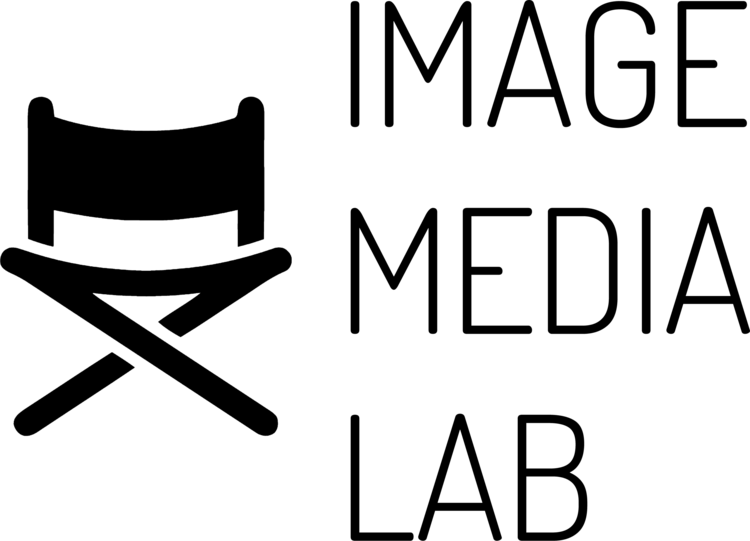I recently spent a great deal of time creating the shot list for a feature I have gearing up, catch 22: based on the unwritten story by seanie sugrue, which is of course not out of the ordinary. The ingredients of said list are the basic necessities, in my book - (as it is ordered in the supporting Excel screenshot here) scene, take, shot type, angle, characters in the shot, camera movement, color/B&W, a number corresponding to its necessity to tell the story, and a short blurb explaining what's going on in the shot.
Apparently, the shot necessity column is not as commonplace as I thought. I had a drink with a couple filmmaker friends after their screening at a local film festival shortly after finishing said task and we were discussing the importance of having an assistant director working with you that is strong in areas you as a leader/director are deficient in. I have no shortage of ability to maintain order and authority with my cast and crew, so I don't need a fascist dictator in an A.D., but I am rather short and to the point in my communication - and there are without question instances during film production where a more tactful, rosy approach to personnel management is useful. Acknowledging this shortcoming, I try to find an A.D. that is a little sunnier in demeanor than I tend to be.
Anyhow, I digress. While on this topic, I mentioned the prioritizing of my shots when doing my directorial homework and how useful it was for an A.D. when time is at a premium, which it almost always is in low-budget productions - and these filmmakers I was speaking to tend to be just as financing-starved in their endeavors as I often am with my projects. The expression on their faces as I did so was one that could have just as easily followed my telling them I was gearing up to shoot on Mars, which they then followed up with something to the effect of "that's not a bad idea."
Determining and communicating what you can most do without in advance allows the A.D. to make decisions on what cuts for time are most in line with your needs as a director to tell your story. Sure, that is a skill a good A.D. inherently has, but it's always in your best interest to provide the crew with as much information as possible. And if the budget is too tight to afford you the luxury of having an A.D. at all, figuring out what can go in advance will be of huge help when you need to make a decision on the fly during the chaos of shooting.
As you can see in the screenshot, it's not a complicated system that I'm using. I assign each shot a number - one, two, or three. Ones are absolutely integral to telling the story, meaning I will fight to the death to keep them. Twos are helpful, but it wouldn't be the end of the world if they were lost in favor of getting all of our ones. Threes are completely bonus material, often coverage of things that would be luxuries to have as cutaways when we get into the edit.
Not a bad idea, eh?
::-::
Josh Folan is a producer, writer, director and actor with professional credits dating back to 2005, prior to which he studied finance at The Ohio State University. Filmmaking highlights since founding NYEH Entertainment in 2008 include BODY (2015 Slamdance premier, co-producer), All God’s Creatures (2011 Hoboken Int’l premier, best screenplay and actress nominations, writer/producer), it’s just One line (2012 Film Racing NYC 24 Hour Film Race finalist, writer/director/producer), and What Would Bear Do? (writer/director/producer). Also an author and contributor to the independent filmmaking blog community, he penned the low-budget indie case study Filmmaking, the Hard Way. You can follow him (@joshfolan) and NYEH (@nyehentertains) on twitter and facebook if you’d like to keep up with his coming soons.



